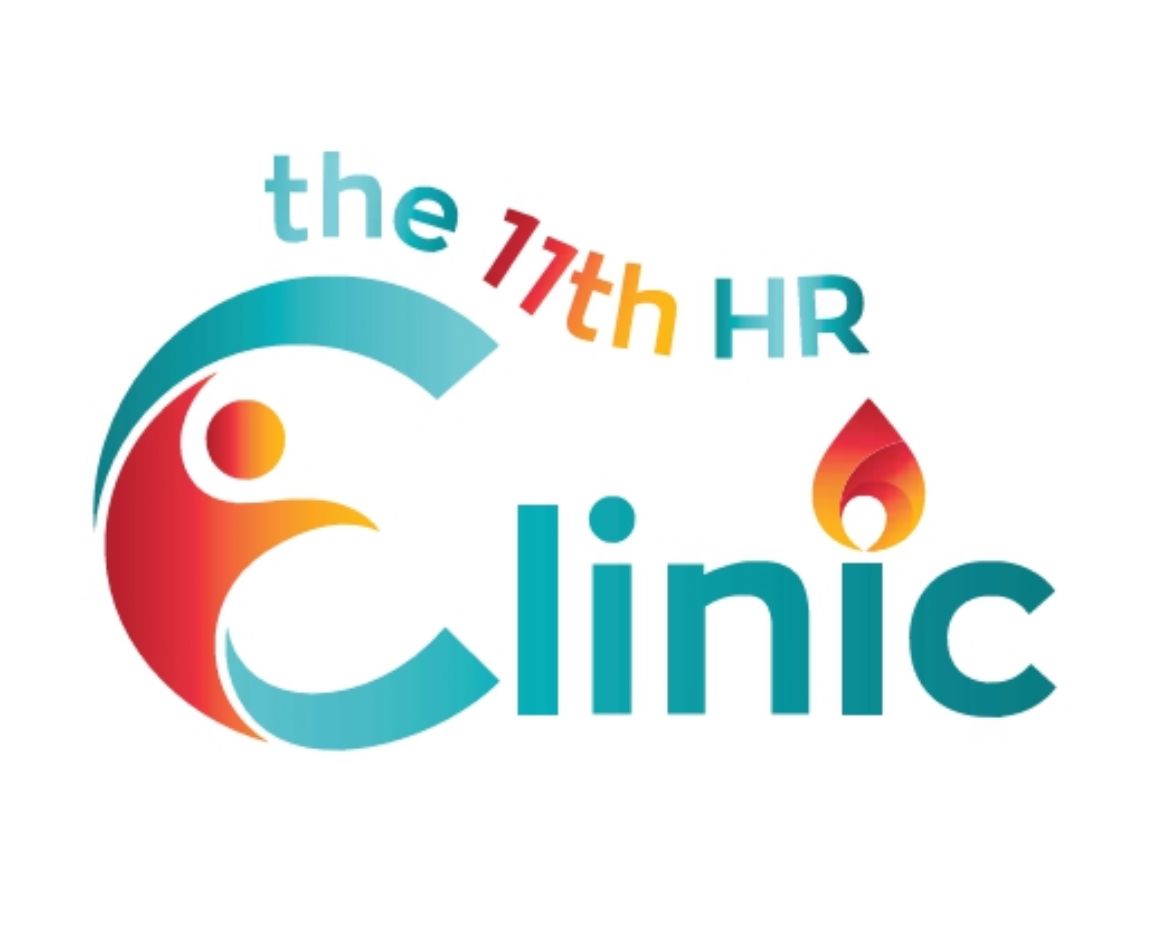Why Learning Feels Hard: Understanding the Anxiety of Growth
Understanding the Neuroscience, Psychology, and Organisational Dynamics of Learning at All Levels
No matter your role, whether you're a graduate starting out, a seasoned professional pivoting careers, or a leader navigating a complex system the learning curve is an unavoidable part of growth. It reflects the time, effort, and struggle involved in acquiring new knowledge or skills. But what’s less acknowledged is the emotional experience that rides alongside it: anxiety.
At the 11th hour clinic, we often support individuals and teams who feel overwhelmed not because of incompetence or failure, but because they are in a period of active learning. Understanding the learning curve and why it evokes such discomfort is key to building both performance and psychological resilience.
What Is the Learning Curve?
The learning curve is a psychological and performance concept that describes how skill acquisition progresses over time. Typically, performance initially declines or plateaus as individuals attempt new tasks, then improves with practice and feedback. Though often associated with early-career employees, research shows that learning curves affect people at all stages of work particularly during times of transition or innovation (Chiaburu et al., 2010).
Learning can involve:
- Adopting new technologies
- Adjusting to role changes or team restructures
- Developing emotional intelligence or leadership capabilities
- Unlearning outdated behaviours or mindsets
According to Argyris and Schön’s (1978) double-loop learning model, deeper learning challenges not just what we do, but how we think which can destabilise our sense of certainty and competence, triggering emotional discomfort.
Why Learning Evokes Anxiety
Learning is inherently vulnerable. It demands cognitive flexibility, emotional tolerance, and openness to feedback. These requirements can activate stress responses for several reasons:
- Fear of Judgment: Especially in high-performance cultures, temporary incompetence feels risky (Cannon & Edmondson, 2005).
- Threat to Identity: Struggling in a domain where we’ve previously excelled can provoke self-doubt (Barrett, 2017).
- Cognitive Load: New tasks consume working memory and attentional resources, both of which are disrupted by anxiety (Eysenck et al., 2007).
A study by Owens et al. (2014) demonstrated that individuals under observation in learning environments show elevated cortisol levels, even when stakes are low. The perception of being evaluated during learning can heighten stress and reduce performance.
Is This the Same as Clinical Anxiety?
No. This distinction is crucial.
Learning-related anxiety is:
- Context-specific
- Short-term and typically resolves with competence or feedback
- Driven by uncertainty, effort, and perceived performance gaps
It is a normal and even adaptive emotional state that signals challenge, not pathology. This kind of anxiety is common in workplaces undergoing transformation, leadership development, or upskilling.
Clinical anxiety disorders, by contrast, are:
- Persistent and excessive
- Not always linked to a specific trigger
- Accompanied by physiological symptoms (e.g., heart palpitations, insomnia), avoidance behaviour, and significant distress or impairment
According to the DSM-5 (APA, 2013), clinical anxiety includes conditions such as Generalised Anxiety Disorder, Panic Disorder, and Social Anxiety Disorder, all of which may require formal diagnosis and structured treatment.
The key distinction lies in proportionality and persistence. If the anxiety is disproportionate to the challenge, persists long after the learning phase, or interferes with daily functioning, a clinical assessment is warranted. At the 11th hour clinic, our clinicians are trained to differentiate between transitional discomfort and clinical presentations, ensuring you get the right support at the right time.
Why It Happens at All Levels
It’s a myth that anxiety during learning is something only junior staff experience. Senior professionals, executives, and highly experienced individuals also encounter learning curves, often with greater internal pressure to perform.
Examples include:
- Leaders learning to manage hybrid or remote teams
- Senior clinicians transitioning to management roles
- Founders adapting to governance or investor relations
- Professionals returning to work after extended leave
The greater the perceived expectations or the higher the professional identity investment, the more likely anxiety is to arise during learning transitions (Van de Pol et al., 2019).
Organisational Factors That Influence Learning Anxiety
Workplace culture plays a significant role in amplifying or buffering the emotional load of learning. Environments that lack psychological safety tend to discourage risk-taking and suppress questions – precisely the opposite of what learning requires.
Key organisational contributors to anxiety:
- Punitive responses to mistakes
- Overemphasis on short-term KPIs
- Cultures that reward certainty over curiosity
Conversely, research shows that when leaders model humility and embrace “intelligent failure,” teams are more willing to engage in learning behaviours (Edmondson, 1999; Owens et al., 2014).
Supporting the Learning Curve: What Can Be Done?
For Individuals
- Reframe the Experience: Expect emotional discomfort as a signal of growth, not inadequacy.
- Use Mindfulness and Self-Compassion: These strategies help reduce self-criticism and improve attention under stress (Neff, 2003; Hölzel et al., 2011).
- Build Peer Networks: Talking to others who are learning can normalise the experience and reduce shame.
For Leaders and Teams
- Create Psychological Safety: Allow for questioning, reflection, and visible learning from mistakes.
- Reward Learning Behaviours: Recognise not just outcomes, but effort, experimentation, and feedback-seeking.
- Invest in Structured Support: Coaching, reflective supervision, and development plans reduce isolation during growth phases.
How the 11th hour clinic Can Help
At the 11th hour clinic, we specialise in helping individuals and organisations navigate transition, complexity, and emotional risk. Our team includes psychologists, coaches, and organisational consultants who provide:
- Tailored interventions to manage anxiety during leadership transitions and upskilling
- Personality-informed therapy to differentiate between stress, burnout, and clinical anxiety
- Organisational assessments and learning culture audits to foster psychological safety
We understand that growth often masquerades as crisis. You don’t have to choose between performance and well-being we help you build both.
References
American Psychiatric Association. (2013). Diagnostic and statistical manual of mental disorders (5th ed.).
Argyris, C., & Schön, D. A. (1978). Organizational learning: A theory of action perspective. Addison-Wesley.
Barrett, L. F. (2017). How emotions are made: The secret life of the brain. Houghton Mifflin Harcourt.
Cannon, M. D., & Edmondson, A. C. (2005). Failing to learn and learning to fail (intelligently). Long Range Planning, 38(3), 299–319.
Chiaburu, D. S., Van Dam, K., & Hutchins, H. M. (2010). Social support in the workplace and training transfer. International Journal of Selection and Assessment, 18(2), 187–200.
Edmondson, A. C. (1999). Psychological safety and learning behavior in work teams. Administrative Science Quarterly, 44(2), 350–383.
Eysenck, M. W., Derakshan, N., Santos, R., & Calvo, M. G. (2007). Anxiety and cognitive performance. Emotion, 7(2), 336–353.
Hölzel, B. K., et al. (2011). Mindfulness practice leads to increases in regional brain gray matter density. Psychiatry Research: Neuroimaging, 191(1), 36–43.
Neff, K. D. (2003). The development and validation of a scale to measure self-compassion. Self and Identity, 2(3), 223–250.
Owens, B. P., Johnson, M. D., & Mitchell, T. R. (2014). Expressed humility in organizations. Organization Science, 24(5), 1517–1538.
Van de Pol, J., Volman, M., & Beishuizen, J. (2019). Scaffolding in teacher–student interaction: A decade of research. Educational Psychology Review, 32(1), 547–580.
Need help navigating a steep learning curve or supporting your team through change?
Explore our personality-informed coaching, consulting and clinical services here or get in touch with us for a confidential discussion about how we can support your transition.



